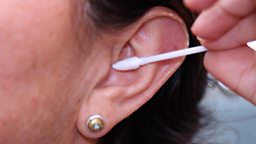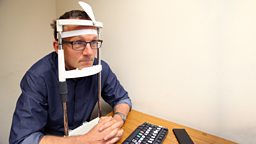Are my shoes damaging my body?
90% of us experience back pain at some point in our lives. And 14% of us suffer from osteoarthritis, which can affect the ankles and knees. We often attribute these aches and pains to old age, injuries, and sitting at a desk all day. But could our footwear actually be the root of some of these problems?

High heels
The problem
High heels are the shoes with the worst reputation for damaging our bodies. When we wear heels the pressure is concentrated on the front of the foot – the ball and toes. This can lead to a condition called hammer toe, where the 3 middle toes seize together.
The ankle is raised, which holds the calf muscle in a contracted position. This can actually lead to a permanent shortening of the muscle, which can cause some full-time heels-wearers to actually lose the ability to walk barefoot.
And they can cause plenty of problems higher up the body as well. High heels change our posture – the hips are positioned slightly forward and the back is arched. It’s this change in posture that’s the reason many people wear high heels. But it can place strain on the lower back. And modelling of the forces involved shows that instead of our weight going safely through the middle of our knee joints down to the ground, when wearing heels the forces are off-centre at the knees, putting strain on the joints and risking osteoarthritis.
The solution
If you don’t want to give up the high heels then one solution is to choose a lower, chunkier, more supportive heel – instead of a 6 inch stiletto!
And there’s some exercises you can do to strengthen the feet and make them more capable of withstanding the pressure. Try rolling a tennis ball around the ball of your foot. And try picking up marbles with your toes to give them a work-out.
Flat shoes
The problem
Flat shoes are generally considered a safe alternative to heels. But the fashions for super flat ballet pumps and flip flops can actually be just as bad for us. With very flat shoes the pressure is mostly concentrated on the heel. This can cause us to compensate with our foot muscles and tendons for extra support, which can lead to a condition called Plantar Fasciitis. This is an inflammation of the tissue between the heel and the arch of the foot.
The solution
You can try to wear shoes with better arch support. Or if you can’t give up the ballet pumps, try placing an orthotic inside them. These are special supportive insoles and are available in most pharmacists.
Ill-fitting shoes
Damaging shoes aren’t just a problem that affects women. A third of people in the UK – men and women, wear the wrong size shoes.
When we become adults we tend to assume that our feet don’t change - but they do. This is usually through weight loss and weight gain, but as we get older the arch of the foot also tends to drop. This spreads the foot out, making it bigger. Another common problem that a size in one shop isn’t always the same as a size in another shop.
Tight shoes can constrict the front of the foot and the toes, which can lead to corns, calluses and bunions.
The solution
Buy shoes based on how they fit – not the size marked on the box. And have your feet measured in the shop to be sure!





























